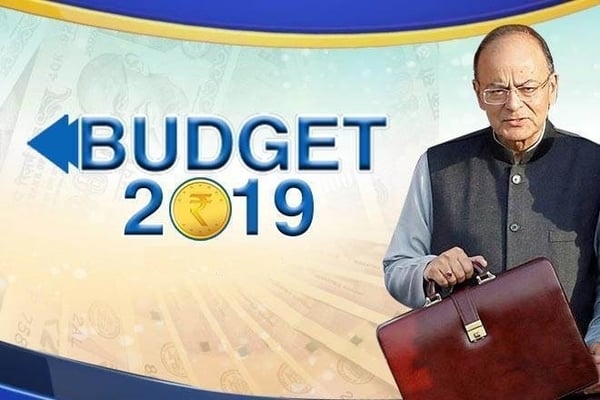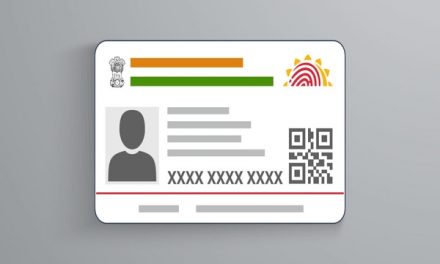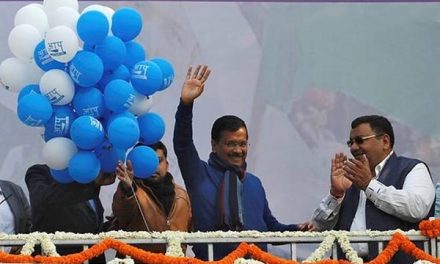In what may come as good news for taxpayers in the Interim Budget 2019, the government is likely to double the income tax (I-T) exemption threshold for salaried taxpayers from the present Rs 2,50,000 to Rs 5,00,000.
Also, the government may reinstate tax-free status for medical expenses and transport allowances, providing some relief to the middle class already under strain since demonetization.

At the moment, income up to Rs 2.5 lakh is exempt from personal income tax. Income between Rs 2.5-5 lakh attracts 5 percent tax (see table), while that between Rs 5-10 lakh is levied with a 20 percent tax. Income above Rs 10 lakh is taxed at 30 percent. Rs 5 lakh exemption is only applicable to individuals of over 80 years.
Also, tax-free medical expenses up to Rs 15,000 and transport allowance up to Rs 19,200 per annum has been replaced with a Rs 20,000 standard deduction for those earning above Rs 5 lakh last year. This will benefit taxpayers to the tune of Rs 12,500 annually which is not much but can be viewed as a sentiment buster.
A fatigued BJP dispensation realizes that as the incumbent it will have to fight off varied challenges.
With acute farm distress, middle-class backlash, massive spike in unemployment data and rising Dalit anger taking its toll on the BJP, it would like to unleash a slew of course correctives. The 10 percent quota for upper castes was part of this process to appease vote banks. But this was an executive decision adopted by parliament, tinkering with the tax structure similarly is a legislative decision.
Income Tax Slabs for Individual Tax Payers & HUF (Less Than 60 Years Old) for FY 2018-19 –
Income Tax Slabs — Tax Rate
Income up to Rs 2,50,000* — No tax
Income from Rs 2,50,000 – Rs 5,00,000 – 5%
Income from Rs 5,00,000 – 10,00,000 – 20%
Income more than Rs 10,00,000 – 30%
However, a problem that may manifest itself is that the Union Budget will precede the unveiling of the Direct Tax Code Report on February 28. Tinkering with the tax rates before the release of the report will make it contentious.
The new Direct Tax Code will try to bring more assessees into the tax net, make the system more equitable for different classes of taxpayers, make businesses more competitive by lowering the corporate tax rate and phase out the remaining tax exemptions that lead to litigation. It will also redefine key concepts such as income and scope of taxation.
In the 2017 Budget, Finance Minister Arun Jaitley had proposed to reduce the existing rate of taxation of those with income between Rs 2.5 lakh to Rs 5 lakh from 10 percent to 5 percent.







YE BIMAR AADMI INDIAN ECONOMI BIMAR KAR DEGA
MODIJI ANDHA HAI
It would be a rational decision to increase the Ist IT Slab to Rs.5.00 lac and exemptions fro medical expanses and transfer allowances.
A further decrease of TAX for Rs.5.00 lac to Rs.10.00 lac is advisable as majority of
working class fall in this slab i.e., to 10% . 20% Slab must be for above Rs.10.00 lac to Rs.25.00 lac bracket and above Rs.25.00 lac it should be 30%.
It’s a welcome budget, giving relief to tax payers by increasing the income tax exemption limit to Five lakh. It would also have been much more better if the income tax rates had been slashed from 20 percent to 10 percent beyond five lakh to 10 lakh and at the rate of 15 percent beyond 10 lakh to 50 lakh.
Higher tax rates in our country are solely responsible for tax evasion by tax payers.
Most of the business community in our country are not paying any taxes but believe in greasing the palm of tax officials.
Hence, rates of income tax or any other type of taxes must be made rational and practicable.